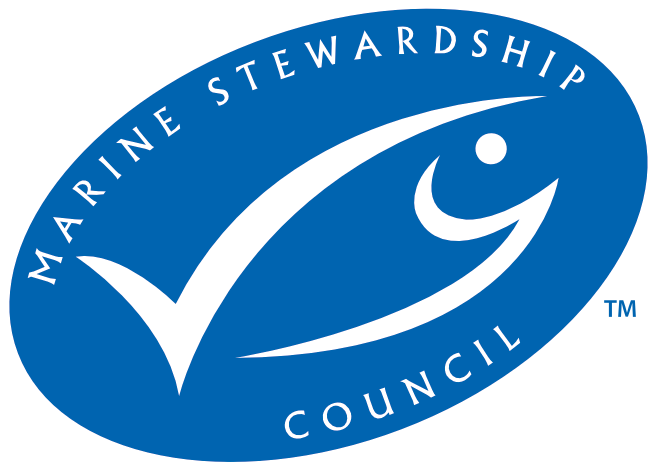
- Certifier :
- LRQA (Seafood) Limited
- Certified status :
- Certified
- Certified since :
- 22 Mar 2010
- Certificate expires :
- 28 Jun 2026
Overview
Fisheries are composed of one or more parts, each of which is entitled to receive an MSC certificate. These parts or “units” are defined by their target stock(s), fishing gear type(s) and if relevant vessel type(s), and the fishing fleets or groups of vessels.
When the term “Unit of Certification” is used for fishing units that are in assessment, it refers to the “Unit of Assessment” or “Unit of potential certification”. Expand a status below to view the parts that form this fishery. To check the detailed scope, download the latest certificate or open the Assessments page to get the latest report. Find out more by visiting our page on Fisheries
Catch by Species
| Species | Reported Catch Year | Metric Tonnes |
|---|---|---|
| Atlantic scallop (Placopecten magellanicus) | 2021 | 42,564.3 |
Information is provided by an independent Conformity Assessment Body as live weight (the weight of species at the time of catch, before processing) and where a fishing season covers multiple years, the end year is given as the reported catch year. Additional information is available in the latest report, see the assessments page.
Eligibility, client groups and vessel lists
A fishery may choose to define the members of the fishery certificate. These members can be vessels or other client group members (e.g. companies that own vessels and/or companies that are named as eligible to handle certified product covered within the fishery certificate scope). Please refer to the fishery certificate statement on additional product specific eligibility criteria (e.g. product eligibility limitations, eligibility date, exclusive points of landing and the point where Chain of Custody certificate is required). Please consult the fishery Public Certification Report for product eligibility rationale.
| Documents | Published on | Files |
|---|---|---|
| Vessel List | 06 Feb 2018 | 1 files |
About this Fishery
Scallops are Nova Scotia’s third most valuable seafood species after lobster and crab. They are found in the North Atlantic between Cape Hatteras and Labrador, from just below tide level to depths of 100m or more. Offshore commercial fisheries focus on banks found on the continental shelf where the depth is less than 100m.
Scallops collect in dense aggregations called beds, especially on gravel bottoms. Some beds occur sporadically while others are essentially permanent.
The 12 vessels in the eastern Canada offshore scallop fishery operate by towing steel scallop dredges (locally known as the New Bedford rake) along the seabed. Each vessel typically employs two dredges, each around 15-17 feet (~4.5-5.2m) wide.
The fishery has adopted a conservative harvest strategy that limits the number of scallops that can be caught, as well as the number of licensed fishers.
The industry has also invested in seabed mapping in order to reduce the impact of the gear on the seabed. There is good knowledge of benthic (seabed) habitats and species within the fishing area.
Market Information
While the offshore fleet markets some fresh scallops, scallops quick-frozen at sea now account for nearly 60% of landings. Most are destined for valuable export markets.